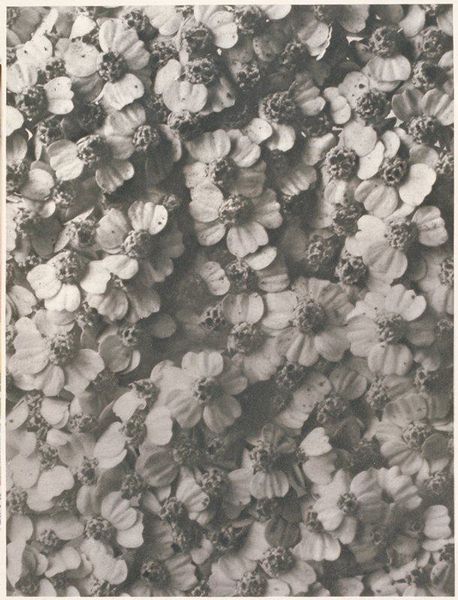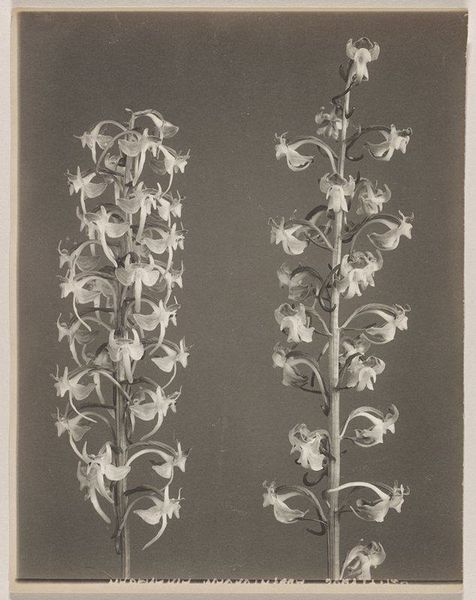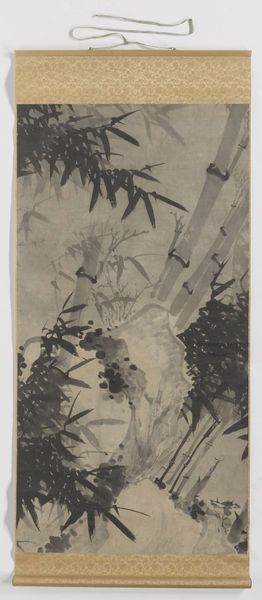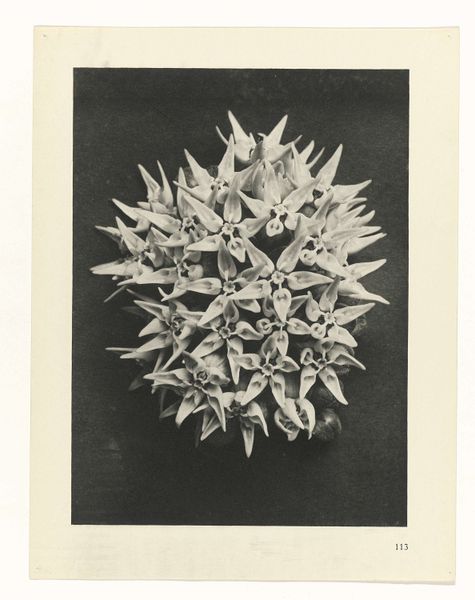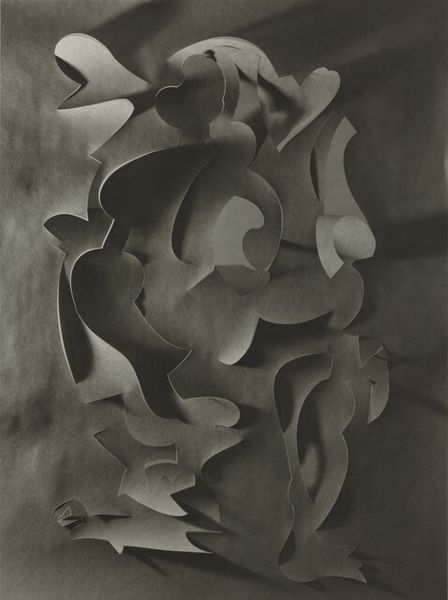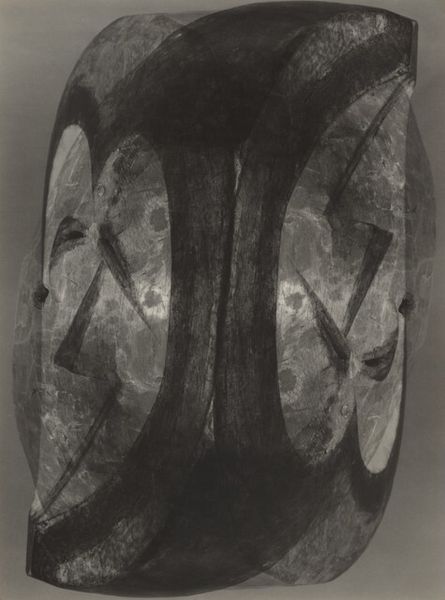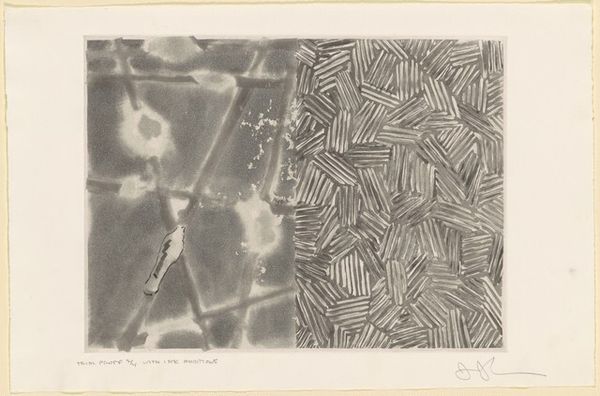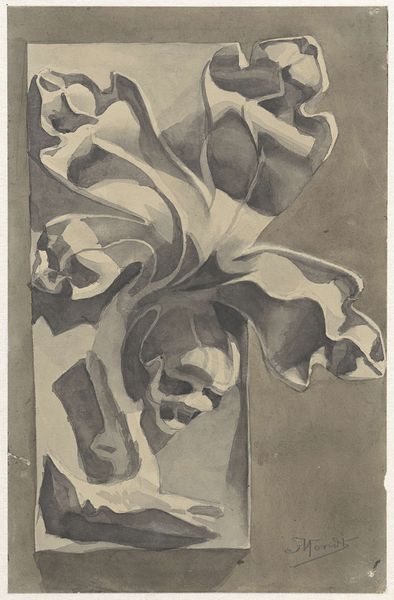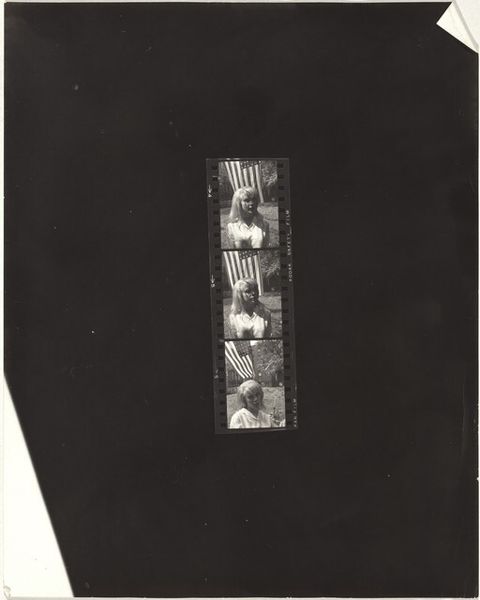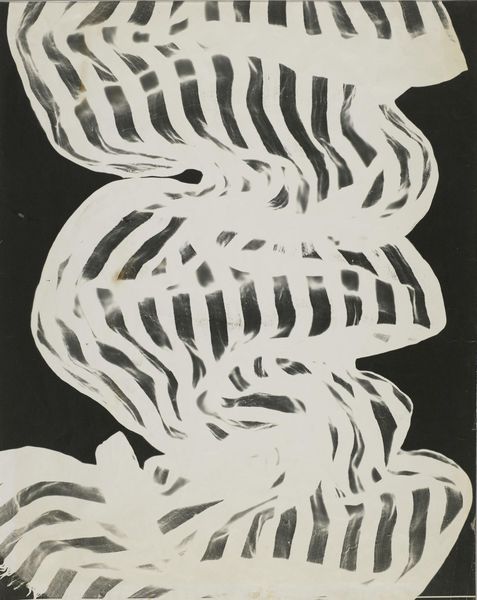
photogravure, photogram, photography
#
still-life-photography
#
photogravure
#
germany
#
photogram
#
photography
#
realism
Dimensions: 10 1/8 x 7 11/16 in. (25.72 x 19.53 cm) (image)12 5/16 x 9 1/2 in. (31.27 x 24.13 cm) (sheet)
Copyright: No Copyright - United States
Curator: Here at the Minneapolis Institute of Art, we have Karl Blossfeldt's "Asclepias Speciosa," or Silkweed, a photogravure dating back to before 1928. Editor: The immediate impression is almost alien. These star-shaped blooms, the way they crowd the frame, it’s a mesmerizing pattern of natural geometry. The stark monochrome adds to the surreal feel. Curator: Absolutely, the formal structure is key. Blossfeldt was interested in revealing the underlying architecture of nature. His extreme close-ups, often devoid of context, transform botanical specimens into almost abstract forms. Editor: Precisely, it's about stripping away the extraneous. Looking at the materiality of the work, it's a photogravure, a labor-intensive printing process, allowing for this remarkable range of tonal values, right? Curator: Yes, it’s printed, so he’s interested in making multiples, which emphasizes photography's capacity as a mass medium. These images were intended to be both scientific documentation and, perhaps paradoxically, artistic statements. Think about how these images were being used as source materials for industrial designers and architects at the time. Editor: I'm fascinated by the way the photogravure elevates what might otherwise be seen as a commonplace object into an object of formal beauty. The lines, shapes, textures--Blossfeldt has clearly used techniques like repetition to amplify a singular impression. Curator: And within the German context, it reflects a broader interest in "Neue Sachlichkeit" or "New Objectivity," a reaction against the emotional excesses of expressionism. It’s art emerging from the rise of industrialization, emphasizing rationality and function. Editor: But I'd argue that the photograph, while seemingly objective, still evokes a specific response. It highlights, rather than documents, the underlying order present in the universe, and it is that subtle beauty which moves us as a viewer. Curator: It’s a delicate balance, really. One cannot dismiss his subject or the historical era when interpreting Blossfeldt’s work. Thank you for this insightful dialogue. Editor: My pleasure, any time!
Comments
No comments
Be the first to comment and join the conversation on the ultimate creative platform.
